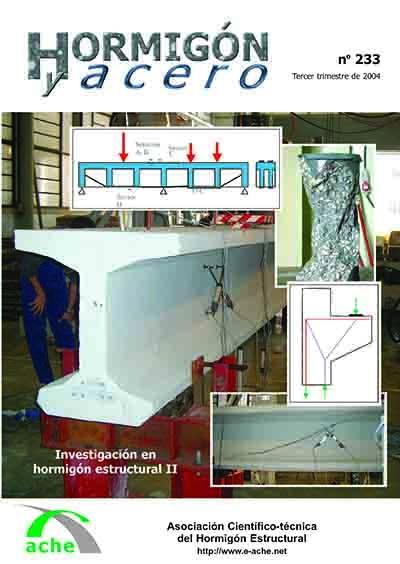Estudio experimental sobre la monitorización continua y a largo plazo de estructuras
Resumen
En el presente artículo se presentan los trabajos desarrollados para el estudio de la factibilidad de la monitorización continua y a largo plazo de estructuras de ingeniería civil. La motivación es evidente, dado el gran auge en la construcción de infraestructuras que se ha llevado a cabo en las últimas décadas, que ha dado lugar a un enorme número de estructuras construidas ( puentes, muros de retención,....) que deben ser mantenidas con un nivel de seguridad adecuado. En primer lugar se detalla la metodología propuesta para dicha monitorización en un intento de conseguir, como resultado final, estructuras inteligentes, lo que supone resolver los tres aspectos siguientes: la detección de daños mediante un sistema de sensores al efecto, la supervisión experta y por último el control activo. En el artículo se hace especial atención al primero de dichos aspectos con el objetivo de ver la posibilidad de la incorporación de sensores de fibra óptica en los procesos de fabricación de elementos estructurales de hormigón, el comportamiento de dichos sensores frente a agentes agresivos como los que más comúnmente atacan a las estructuras de hormigón ( cloruros, sulfatos, CO2), así como la posibilidad de utilización de dichos sensores en estructuras reparadas o reforzadas. Los resultados experimentales han puesto de manifiesto la exactitud y precisión de las medidas tomadas por los sensores de fibra óptica del tipo Bragg grating, tanto cuando se embeben dentro del hormigón como cuando se adhieren a la superficie exterior de una estructura existente reparada.

